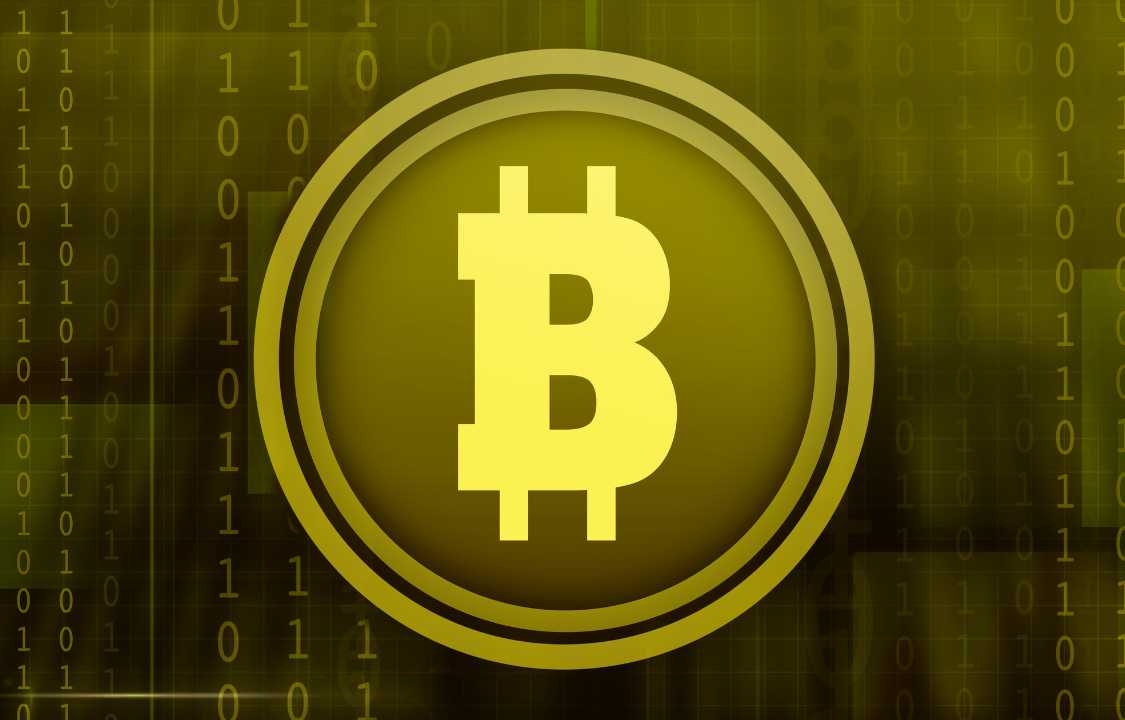Token standards have been made possible by the proliferation of blockchain technology, which has opened the door to the generation of digital assets and the design of decentralized programs. While Ethereum’s ERC20 standard is widely known and utilized, the Bitcoin network, known primarily for its role as a cryptocurrency, also offers tokenization capabilities through the BRC20 standard. In this blog post, we will provide an ecosystem overview and guide on how to deploy a BRC20 token in the Bitcoin network.
Understanding the BRC20 Standard
1. Compatibility with Bitcoin: The BRC20 standard is specifically designed for tokenization within the Bitcoin network. It enables creating and managing tokens that can be securely transferred, traded, and stored using Bitcoin infrastructure.
2. Simplicity and Security: The BRC20 standard is built with simplicity and security in mind. It offers a standardized set of rules and functions for creating and managing tokens, ensuring interoperability across different applications and wallets. The simplicity of the standard makes it easier for developers to deploy BRC20 tokens while maintaining a high level of security.
3. Tokenization Use Cases: BRC20 tokens can be utilized for a wide range of tokenization use cases, including but not limited to asset-backed tokens, loyalty points, digital collectibles, and decentralized finance (DeFi) applications. The flexibility of the BRC20 standard allows developers to tailor tokens to specific use cases and unlock new possibilities within the Bitcoin ecosystem.
Deploying a BRC20 Token in the Bitcoin Network
1. Smart Contract Development: To deploy a BRC20 token on the Bitcoin network, you need to develop a smart contract that complies with the BRC20 standard. The smart contract will define the token’s attributes, such as its name, symbol, total supply, and functionality, including token transfers and other custom features.
2. Development Tools: Several development tools can assist in deploying BRC20 tokens on the Bitcoin network. One popular option is RSK, a sidechain platform that brings smart contract capabilities to Bitcoin. RSK provides a familiar development environment for Ethereum developers, enabling them to deploy BRC20 tokens using Solidity, Ethereum’s programming language.
3. Testing and Auditing: Before deploying your BRC20 token, it is crucial to thoroughly test the smart contract and conduct a comprehensive security audit. This step helps identify and address any vulnerabilities or potential issues to ensure the token’s integrity and protect users’ assets.
4. Deployment and Integration: Once the smart contract has been tested and audited, it can be deployed to the Bitcoin network. Integration with wallets, exchanges, and other applications is essential for users to interact with the BRC20 token seamlessly. Integration can be achieved by implementing the necessary interfaces and following best practices for token integration within the Bitcoin ecosystem.
5. Token Distribution and Management: After deployment, you can distribute the BRC20 tokens to users through various mechanisms, such as initial coin offerings (ICOs), airdrops, or private sales. Careful attention is always needed for token management, which includes token supply updates, token burning, and regulatory compliance.
The Bitcoin Ecosystem for BRC20 Tokens
1. Wallet Support: Several Bitcoin wallets support BRC20 tokens, enabling users to store, send, and receive tokens securely. Wallets like Electrum and Exodus provide functionality to interact with BRC20 tokens, ensuring a seamless user experience within the Bitcoin ecosystem.
2. Exchanges and Trading: As BRC20 tokens gain popularity, exchanges that support Bitcoin may start listing these tokens for trading. This allows users to buy and sell BRC20 tokens using Bitcoin or other cryptocurrencies, providing liquidity and fostering the growth of the token economy.
3. DApp Integration: BRC20 tokens can be integrated into decentralized applications (DApps) within the Bitcoin ecosystem. DApps built on platforms like RSK can leverage BRC20 tokens to enable decentralized finance, gaming, identity management, and other innovative applications. By integrating BRC20 tokens, developers can unlock new possibilities and create value-added experiences for users within the Bitcoin ecosystem.
4. Cross-Chain Interoperability: Interoperability between different blockchain networks is a growing trend in the crypto space. Efforts are underway to facilitate cross-chain interoperability between Bitcoin and other blockchain platforms. This interoperability will enable BRC20 tokens to be transferred seamlessly between Bitcoin and other networks, expanding their reach and potential use cases.
5. Regulatory Considerations: As with any token deployment, it is essential to consider regulatory requirements and compliance when deploying BRC20 tokens in the Bitcoin network. Compliance with anti-money laundering (AML) and know-your-customer (KYC) regulations and adherence to local securities laws can ensure the token’s legality and protect both issuers and investors.
Conclusion
Deploying a BRC20 token in the Bitcoin network offers exciting tokenization and application development possibilities within the Bitcoin ecosystem. By following the steps outlined in this article, developers can create and manage BRC20 tokens, opening up new avenues for decentralized finance, digital assets, and token-based solutions. The BRC20 standard, with its compatibility, simplicity, and security, provides an alternative for tokenization on the Bitcoin network, expanding the utility and value of the Bitcoin ecosystem as a whole. A major step toward a more democratic and decentralized monetary future has been taken with the introduction of BRC20 tokens into the Bitcoin network, as blockchain technology continues to gain popularity.

